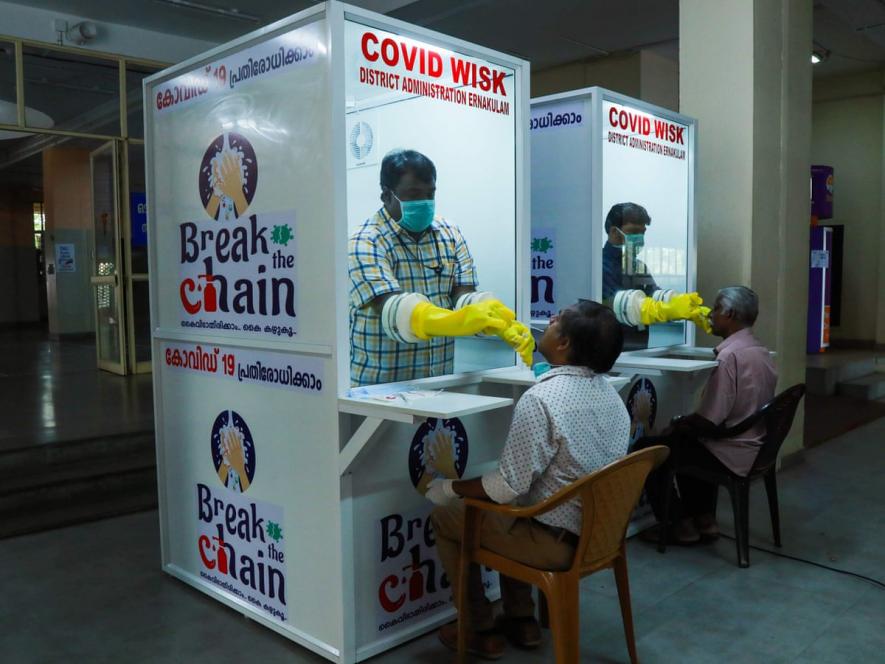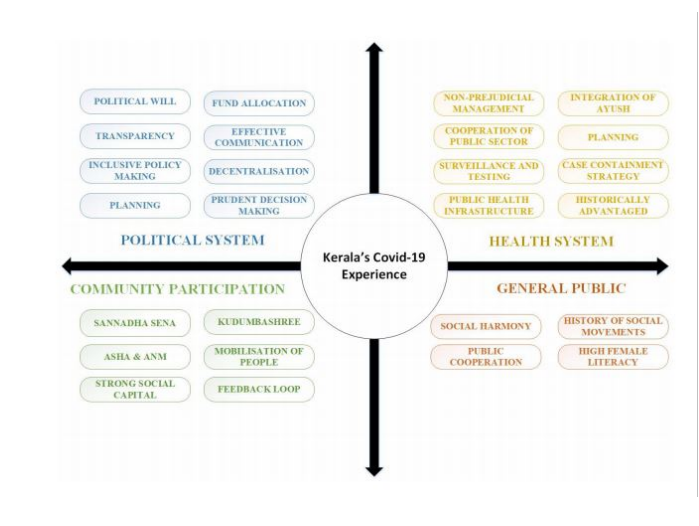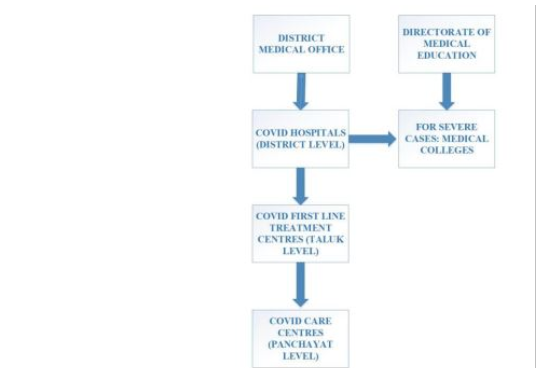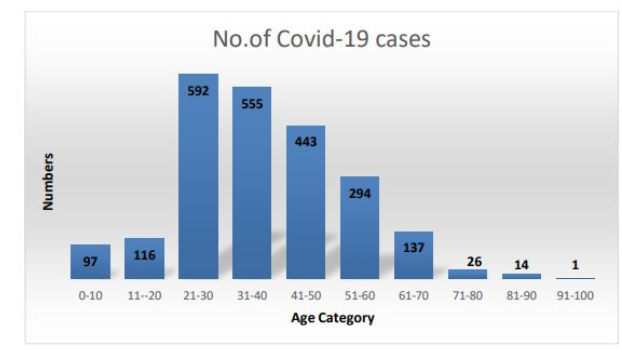Study on Kerala’s COVID-19 Management Model Details Emphasis Given to Decentralisation

Image Courtesy: AFP/Getty Images
With the world in a phase when COVID-19 is not only a health crisis, but also an economic and human crisis, a study explains how the state of Kerala managed and controlled the first and second wave of the pandemic.
The study, titled ‘COVID-19 Management and Control: The Kerala Story’, by Dr. Aarathi Ajayakumar, Dr. Aysha Mehar Shagufta and Dr. Roselent Joseph, lists lessons from the measures taken by the state to tackle COVID-19 in different contexts. Kerala has stood out for its response to the pandemic and has been internationally acclaimed for its health indicators.
The first case of COVID-19 in the state was reported on January 30; with it began the first wave of the novel coronavirus. On February 19, a family of three landed at the Kochi International airport from Italy, and all the members tested positive later. This was the beginning of the second wave of the virus in the state. The third wave of the virus had started with the return of expats to the state.
Kerala’s experience of having dealt with an infectious disease outbreak like Nipah, in 2018, equipped it with the knowledge to deal with the novel coronavirus infection; the health system was well aware of the public health measures that needed to be taken. Concepts like tracking the epidemiological link, an index case, a contact case, a suspect case, quarantine, etc. were public health measures of utmost importance in dealing with a pandemic of such magnitude, which Kerala was familiar with, says the study.
Public health measures, including early diagnosis and contact tracing; social distancing, quarantine and self-isolation; judicious testing of all eligible persons and use of resources; strict border screening; Rigorous sentinel surveillance activities; high quality care for confirmed cases; promoting respiratory and hand hygiene in the community; proactive care for the elderly and vulnerable individuals; management of guest workers and taking care of healthcare workers strengthened the fight against the virus in the state.

Decentralisation of Power and Planning
Decentralisation of power and planning is mentioned as one of the key factors in Kerala’s success story of COVID-19 management. Even though the state had a standard protocol issued for COVID-19 management, it was used as a framework which districts used to build their own containment activities. “Each district council had the autonomy to come up with an effective case containment strategy based on the context of their district. This helped in solving a lot of issues that kept arising at the ground level which the state could not foresee,” the study said.
District control rooms were set up in each district for coordinating the functioning of all management activities. The control rooms in certain districts conducted a survey to identify and assess the most likely reasons that people would choose to break quarantine. “One inevitable reason, why people were breaking quarantine was, because they had to buy essentials. With the help of community volunteers, ASHAs, Kudumbashree and active involvement of the panchayats, the non-medical needs of people, which essentially involved provisions for home, baby food, even cattle feed were met,” the study mentioned.
Alongside such activities, graphical representations of the travel route of those that had tested positive were created and publicised, which led to self-reporting. From the route maps and the travel times, people realised if they had come in contact with someone with COVID-19, and many walked up to be screened or treated.
COVID-19 Management Facilities
COVID Hospitals are dedicated hospitals that cater to severe or critical COVID patients. All measures were taken to postpone elective surgeries and reduce General OP. The hospitals made sure that there was no contact between COVID-19 and non-COVID-19 patients. Infection controls in hospitals were rigorously enforced (Health & Family Welfare Dept., 2020).
COVID First Line Treatment Centres were set up to manage any sudden outbreak of the pandemic in any local area, without affecting the continuity of the state’s healthcare network. All mild and moderate cases were treated in these centres and severe cases were referred to COVID hospitals (Health & Family Welfare Dept., 2020).
COVID Care Centres were established with the aim of taking care of non-residents like tourists and those in-transit etc. These centres provided independent single rooms with attached toilets, electricity, water and internet connectivity. Food and drinking water were also provided. They were also provided with adequate security (Health & Family Welfare Dept., 2020).
COVID cells were set up in transport, tourism, higher education, general education, LSGs, civil supplies, food safety, power and water sources, women and child development, information technology with the health department as the nodal institution. COVID cells are the hub of all the activities in the institution and are led by persons with decision making and implementing capacities (Health & Family Welfare Dept., 2020)

District Intervention System for Health Awareness (DISHA) - a 24/7 helpline number launched in 2013 under the National Health Mission and the Government of Kerala, along with NORKA, the Department of Non Resident Keralites Affairs, a division of the Government of Kerala, also played an important role.
The study also noted the tireless efforts of the front-line workers- Kudumbashree workers, ASHA workers, Sannadha Sena, social volunteers and the police. It mentioned that the media also played a vital role in sharing relevant information regarding COVID-19, increasing awareness and busting false myths and messages.
Data till June 12 showed that 74% of COVID-19 cases in the state were male, the rest being females. If one looks at the case fatality rate (CFR) – deaths per 100 positive cases – till June 15, it was 0.79%. The CFR among males in the same period was 0.71% and was 1.09% for females.

Get the latest reports & analysis with people's perspective on Protests, movements & deep analytical videos, discussions of the current affairs in your Telegram app. Subscribe to NewsClick's Telegram channel & get Real-Time updates on stories, as they get published on our website.
























